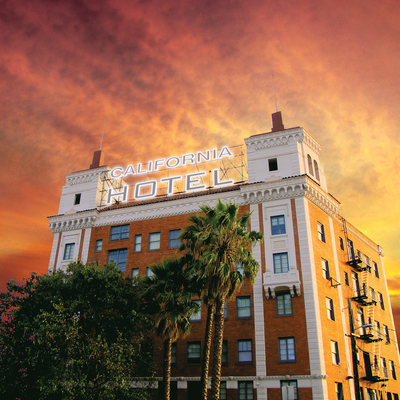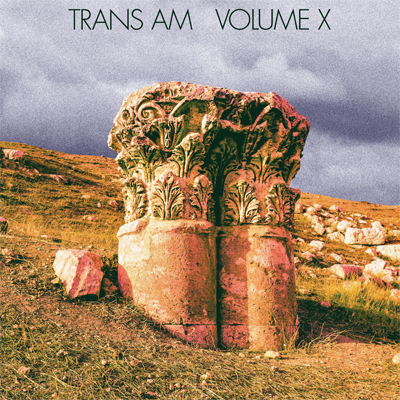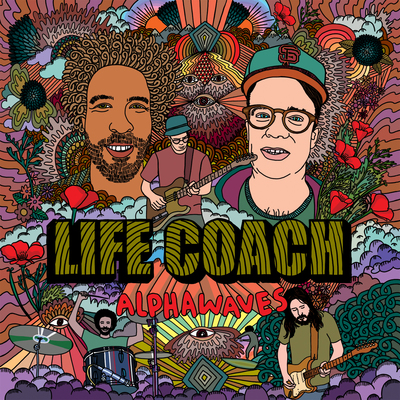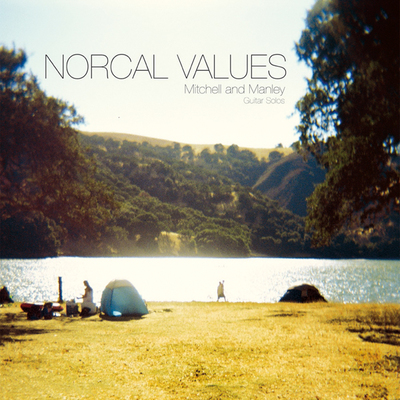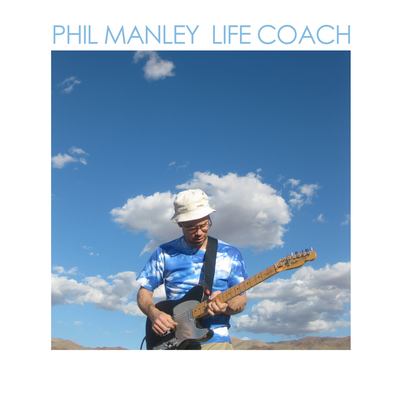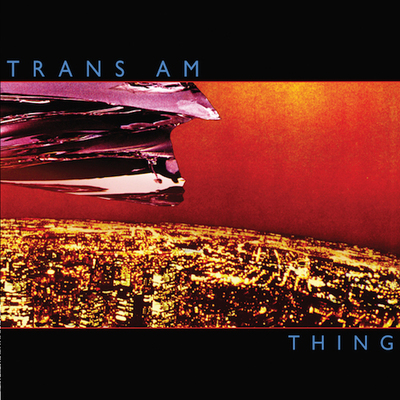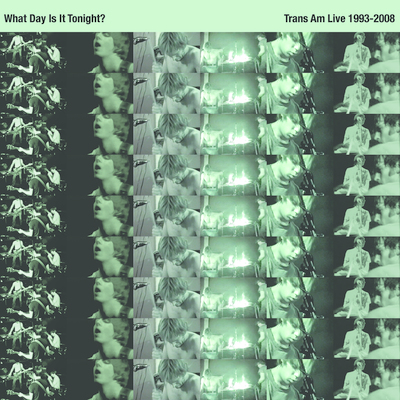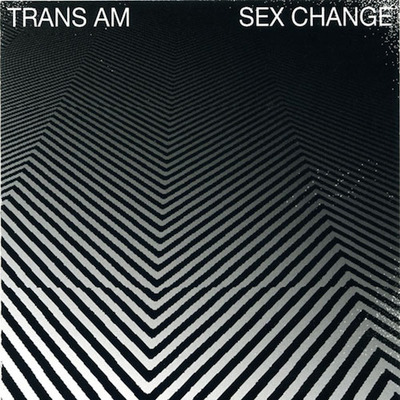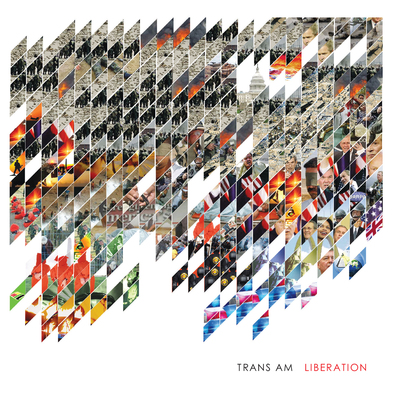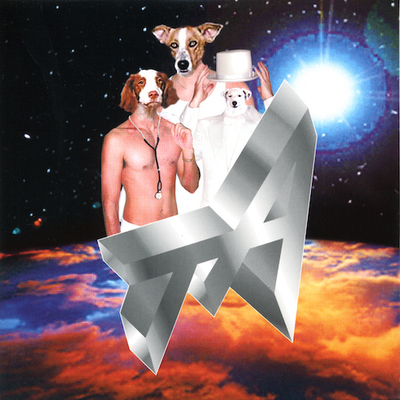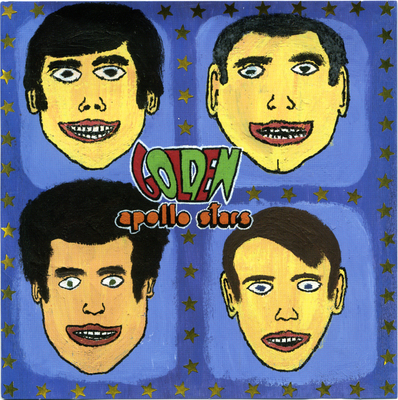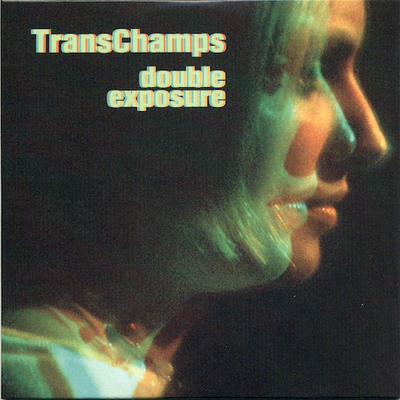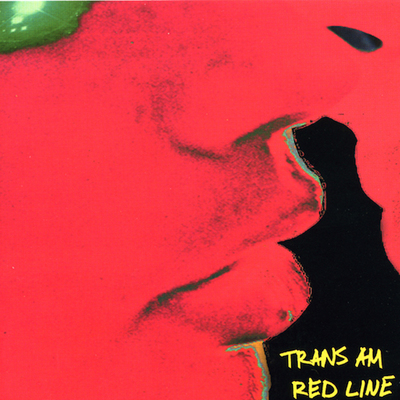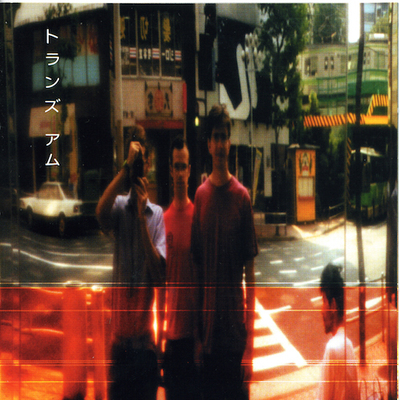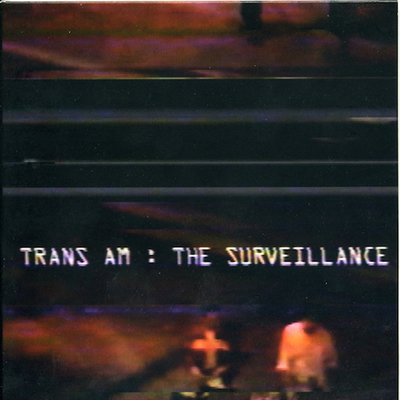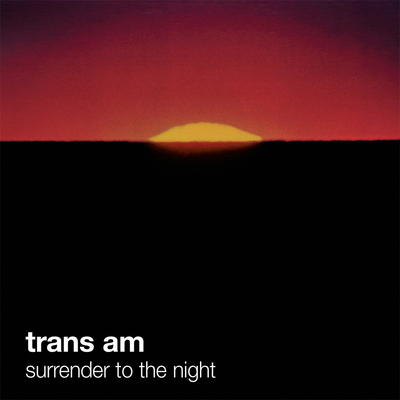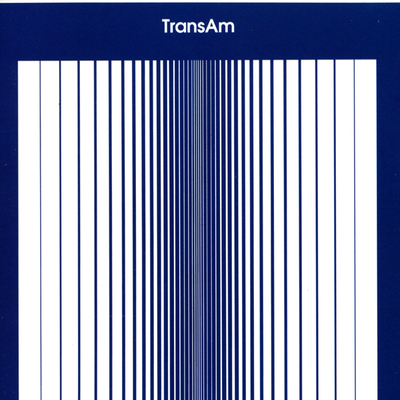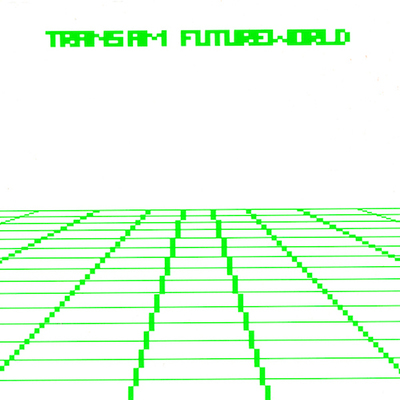
Futureworld
For UK and EU orders, purchase from Anost.net
"In 1982, Prince wanted to party like it was 1999. In 1999, Trans Am partied like it was 1982, and somehow they made it work. It still does, and if you missed Futureworld the first time around, here’s your chance to check out one of the great lost records from the end of the world." – Blog Critics
"The world's heaviest New Wave record." – Spin
"Trans Am realize that the future is always better in our heads now than when we actually get there... Somewhere in a fantasy world, on green pastures of silicon motherboard, in clubs shaped liked RAM chips and transistors, Trans Am is the only rock band with soul, precision, licks, swagger, ambience, and good looks to boot." – Pitchfork
As the rest of the world obsesses about a large visual change in our arbitrary time keeping system, Trans Am continues the evolution of rock music. On FUTUREWORLD, their fourth and most controversial album, they leave behind all the doomsday prophets and false futurists, bringing us a tough vision of what is to come. What they see is stark and uncompromising, melancholic but not without hope.
Forced out of their previous studio, the Bridge, Trans Am began construction on their new space, National Recording Studio, in the fall of 1998. Even though N.R.S. was still a work in progress, Trans Am had to bring their vision to the public. Thus, recording FUTUREWORLD began at the WGNS studios in Washington D.C. with sound engineer Jonathan Kreinik behind the board. The new material features some elements never heard before on a Trans Am recording: vocals and guest musicians. FUTUREWORLD was mixed in Plaintain Studios in New York with James Murphy. After this one week process Trans Am flew to Tenafly, N.J., to master with Alan Douches at West Side Sound.
While some see the future of music as parallel species undergoing convergent evolution towards commercial dance tracks, FUTUREWORLD shows Trans Am is a still adapt contemporary, and direct descendant of rock.
